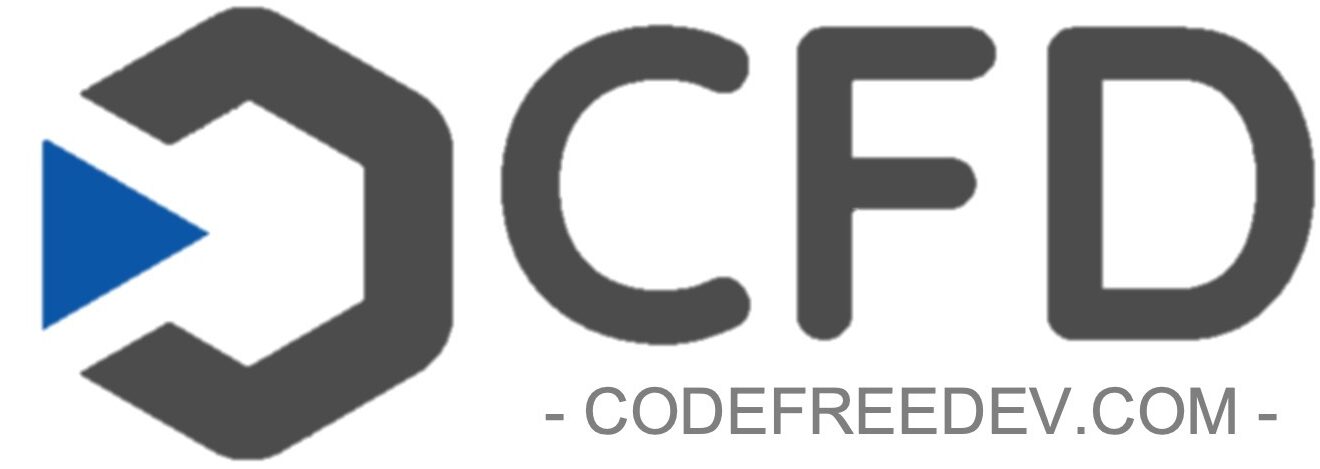As no-code development tools continue to grow in popularity, many individuals are now opting for this option to build their websites and applications. However, as with any website or application, search engine optimization (SEO) remains a crucial factor in driving traffic and generating conversions. In this article, we’ll provide some tips for ensuring that your no-code project is optimized for search engines.
Section 1: Keyword research
Before you start building your no-code project, it’s essential to conduct keyword research. This step will help you understand the search terms your target audience uses to find similar sites or apps. Use keyword research tools like Google Keyword Planner, SEMrush, or Ahrefs to identify high-volume, low-competition keywords relevant to your project. Make sure to incorporate these keywords naturally throughout your website or application.
Section 2: Optimize your titles and descriptions
Titles and descriptions are the first things users see when your website or application appears in search results. Make sure they are relevant, descriptive, and include your primary keywords. Your titles should be no longer than 60 characters, while your descriptions should be no longer than 160 characters. Use active voice and compelling language to encourage clicks and conversions.
Header tags (H1, H2, H3, etc.) are critical for both users and search engines. They provide a clear hierarchy of content and make it easier for users to scan your page. For search engines, header tags provide important context about your page’s content. Use H1 tags for your main title and H2 and H3 tags for subheadings. Make sure to include your keywords in your header tags.
Section 4: Optimize your images
Images are a crucial component of any website or application. They help break up text and make your content more engaging. However, they can also slow down your website if not optimized correctly. To ensure that your images don’t negatively impact your website’s load time, compress them and include alt tags with your keywords.
Section 5: Build quality backlinks
Backlinks are a critical factor in SEO. They signal to search engines that other websites view your content as valuable and relevant. Focus on building quality backlinks from reputable sources, including other no-code websites, blogs, and industry-specific directories. Avoid purchasing links or using black-hat tactics, as this can negatively impact your search engine ranking.
Section 6: Monitor your analytics
Finally, it’s essential to monitor your website or application’s analytics regularly. Google Analytics is a free tool that provides valuable insights into your website’s performance, including traffic, bounce rate, and user behavior. Use this data to identify areas for improvement and adjust your SEO strategy accordingly.
Section 7: Use schema markup
Schema markup is a type of code that you can add to your website or application to provide more context to search engines about your content. This additional context can help your website or application rank better in search results. Some examples of schema markup include product reviews, business hours, and event information. You can use tools like Schema.org to generate schema markup code and add it to your website or application.
Section 8: Optimize your site speed
Site speed is a crucial factor in SEO. Slow-loading websites or applications can negatively impact user experience and increase bounce rates, which can hurt your search engine ranking. Use tools like Google PageSpeed Insights or GTmetrix to identify any speed-related issues on your website or application. Some common ways to improve site speed include compressing images, minifying code, and using a content delivery network (CDN).
In conclusion, optimizing your no-code project for search engines is essential to ensure that it ranks well and drives traffic and conversions. Conduct keyword research, optimize your titles and descriptions, use header tags, optimize your images, build quality backlinks, and monitor your analytics regularly to stay ahead of the competition.
- Learn To Create No-Code Database-Driven Applications - June 1, 2023
- Common Mistakes in No-Code Development - May 31, 2023
- Learn No-Code Development for Free - May 27, 2023

